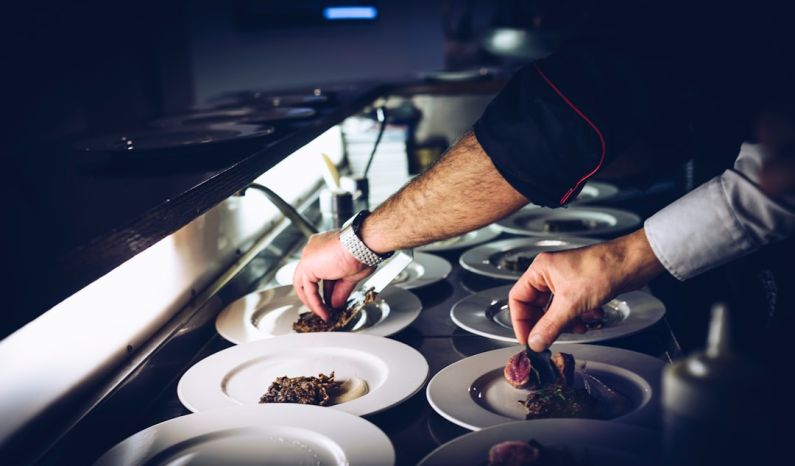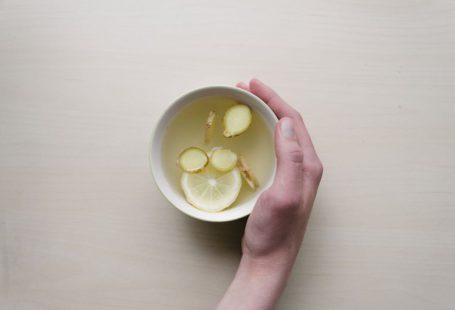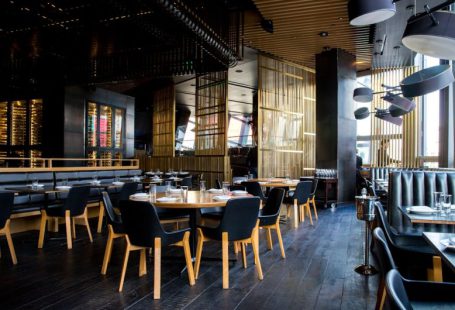The fusion of science and culinary artistry has given rise to an innovative and mesmerizing culinary trend known as molecular gastronomy. This avant-garde approach to cooking involves the utilization of scientific principles and techniques to transform ingredients into visually stunning and creatively presented dishes that tantalize the taste buds. From foams and gels to spherification and sous vide, molecular gastronomy pushes the boundaries of traditional cooking, offering a culinary experience like no other.
The Origins of Molecular Gastronomy
Molecular gastronomy first emerged in the 1980s, spearheaded by renowned chefs such as Ferran Adrià and Heston Blumenthal. These culinary pioneers sought to challenge conventional cooking methods by delving into the science behind food preparation. By experimenting with a variety of chemical processes and technologies, they were able to deconstruct and reinvent classic dishes, paving the way for a new era of gastronomic innovation.
The Science Behind the Magic
At the heart of molecular gastronomy lies a deep understanding of the physical and chemical properties of food. Chefs use techniques such as emulsification, gelation, and spherification to create dishes that are not only visually striking but also bursting with flavor. By manipulating ingredients at a molecular level, they are able to achieve textures and tastes that would be impossible to achieve through traditional cooking methods alone.
Foams, Gels, and Powders: The Art of Deconstruction
One of the hallmarks of molecular gastronomy is the art of deconstruction. Chefs take familiar ingredients and transform them into unexpected forms and textures, creating a multisensory dining experience. Foams made from ingredients such as fruit juices or herbs add a light and airy touch to dishes, while gels create a silky smooth consistency that melts in the mouth. Powders made from dehydrated ingredients intensify flavors and add a unique visual element to plates.
Spherification and Sous Vide: Precision Cooking at Its Best
Spherification and sous vide are two key techniques that have revolutionized the way chefs approach food preparation. Spherification involves turning liquids into spheres using a combination of gelling agents and calcium chloride, resulting in delicate spheres that burst with flavor. Sous vide, on the other hand, entails vacuum-sealing ingredients in a bag and cooking them in a precisely controlled water bath, ensuring that food is cooked evenly and retains its natural juices and flavors.
The Art of Plating: A Feast for the Eyes
In molecular gastronomy, presentation is just as important as taste. Chefs pay meticulous attention to detail when plating their dishes, using innovative techniques to create visually stunning masterpieces that are almost too beautiful to eat. From intricate designs made with edible flowers to whimsical arrangements of foams and gels, each plate is a work of art that showcases the chef’s creativity and skill.
The Future of Molecular Gastronomy
As the popularity of molecular gastronomy continues to grow, chefs around the world are pushing the boundaries of culinary innovation. With new technologies and ingredients constantly being developed, the possibilities for creating awe-inspiring dishes are endless. Whether it’s a playful take on a classic dish or a completely original creation, molecular gastronomy offers a glimpse into the future of gastronomy, where science and art converge to create a truly unforgettable dining experience.
Innovate, Inspire, Indulge: Embracing the World of Molecular Gastronomy
In conclusion, molecular gastronomy is a captivating journey into the intersection of science and culinary artistry. Through a combination of creativity, precision, and a deep understanding of food science, chefs are able to create dishes that are as visually stunning as they are delicious. By embracing the world of molecular gastronomy, both chefs and diners alike can embark on a culinary adventure that challenges the senses and redefines the boundaries of traditional cooking. So take a step into this exciting world of molecular gastronomy and prepare to be amazed by the endless possibilities that await.





